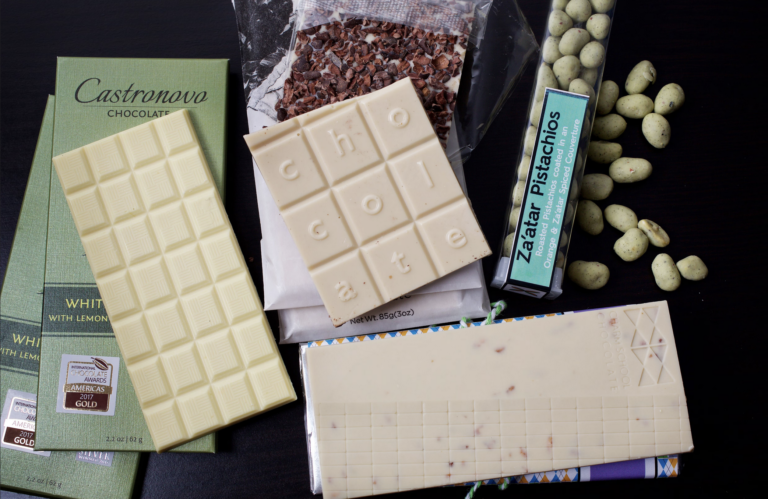
Best White Chocolate in the World
This article explores the origins and history of chocolate, tracing cacao’s use and cultural significance among ancient Mesoamerican civilizations like the Maya and Aztec. It
News > How Craft Chocolate is Made
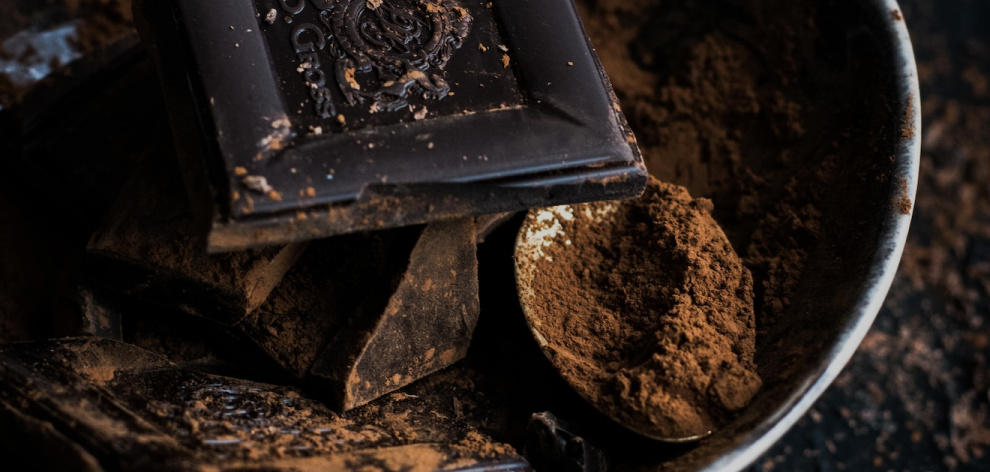
The cocoa pod is a beautiful, but strange-looking fruit. It is heavy, oblong, and ripens into a bright rainbow of color, from bright red, yellow, and oranges to vivid green and purple husks. Inside the hard husk of the pod is the sweet, milky pulp and thirty to fifty cocoa seeds. These seeds are bitter and at this point taste little like the craft chocolate bar it will be transformed into through a ten-step process. Each of these steps subtly changes the flavor, texture, and mouthfeel of the finished bar, and craft chocolate makers around the world are constantly experimenting and improving their craft at every step to unlock the full potential of the cocoa bean and bring you the best and most unique chocolate in the world.
1. Growing
The first step is obviously the farm. Just like grapes when making wine, the variety of cocoa tree and where the tree is grown have a distinct effect on the end product. There are three main families of cocoa (Criollo, Forastero, and Trinitario) and dozens of smaller varieties each with their own natural flavor profiles ranging from floral, to citrus, to vanilla accents. But the cocoa tree location matters just as much as the tree’s genetics. The altitude a tree is grown at, the amount of direct sunlight and rain it gets, the soil it is grown in and climate all have identifiable effects on the flavor of the bean. Finally, five to six months after pollination, the pods signal that they are ripe with a breathtaking color change from green into any of a bright rainbow of vivid red, yellow, orange and purple husks. Farmers harvest pods at peak ripeness using a sharp knife or machete.
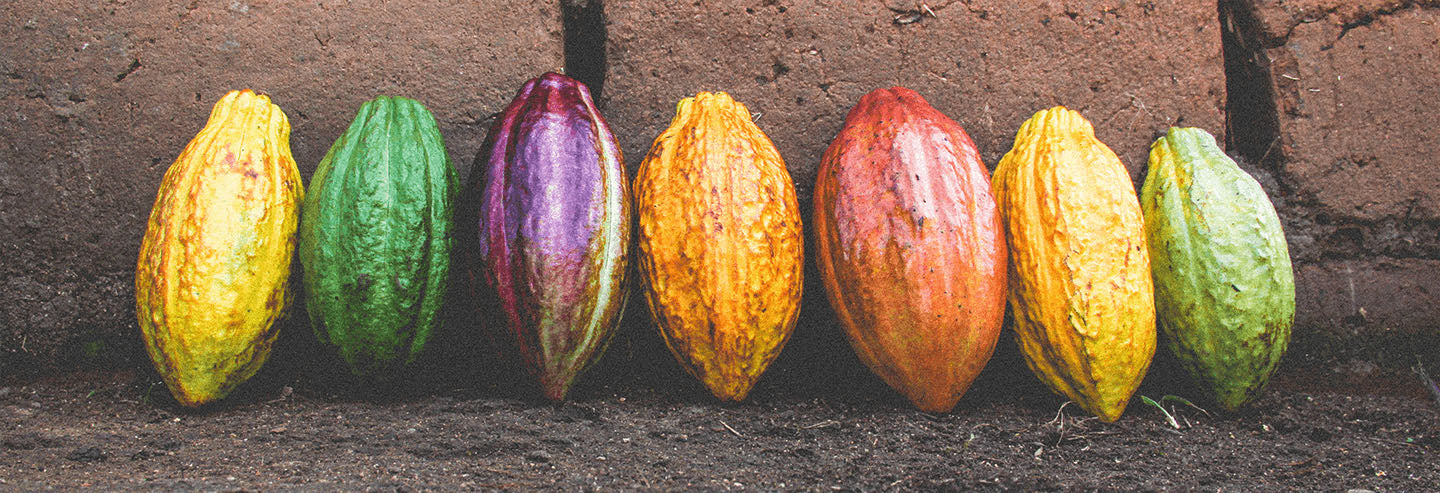
2. Fermentation
After the pods are harvested, the husks are split open yielding a few dozen almond-shaped seeds per pod, resting in an sweet, sticky white pulp. The cacao beans (seeds) are scooped out from the pods and traditionally covered by banana leaves although today a wider variety of techniques are used and beans are often fermented in wooden boxes. The beans are left to ferment at high temperature for anywhere from three days to two weeks while the yeast and natural bacteria transform the natural sugars of the bean into the complex flavor profiles of the chocolate we know and love. Even the best quality bean will taste rotten if it is not properly fermented and chocolate farmers and makers use a variety of complex techniques to produce the best end product.
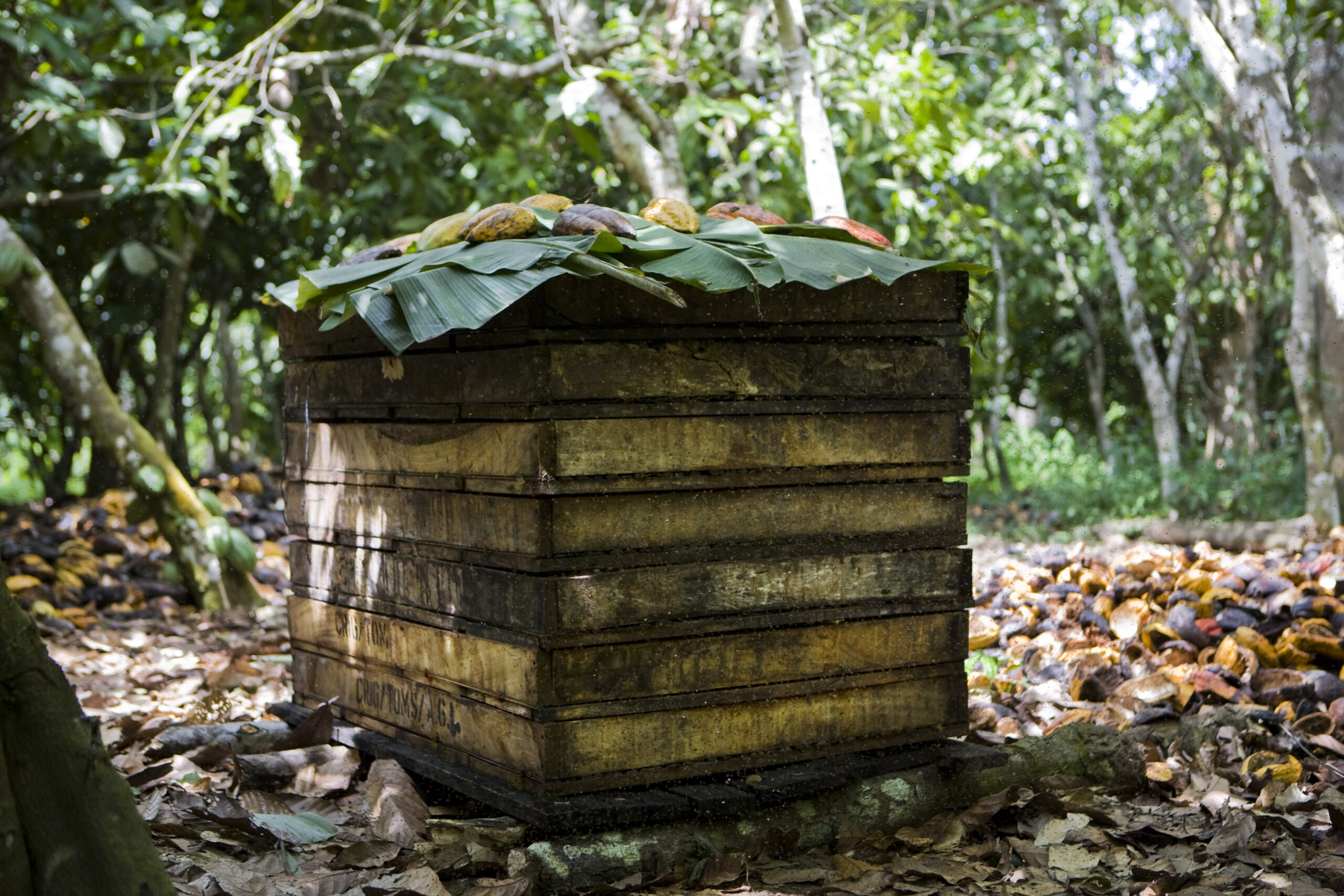
3. Drying
After the fermentation process is complete, a small group of farmers in a local cooperative usually pool their beans for the labor intensive process of drying. First, the beans are removed from their boxes and spread out in a single layer under the tropical sun to remove all of the moisture and prevent mold before the beans are shipped away from the farm where they are grown. But even with something as “simple” as drying there is a surprising amount of technique. Beans dried too quickly will taste unpleasantly bitter, while beans are not dried quickly enough will become infected with mold and ruin the crop. Farmers who work with craft chocolate makers cooperatively plan the harvest, fermentation, and drying process to produce a specific and high-quality crop to ultimately give you a craft chocolate bar which is markedly better than a “big chocolate” bar where the farmer’s only incentive is to respond to the corporation’s demand for cheaper (and as a result lower quality) beans. There are even some chocolate makers known as tree-to-bar makers who control every single step of the chocolate making process in house, from the growing, harvesting, fermenting and drying to the rest of the steps below.
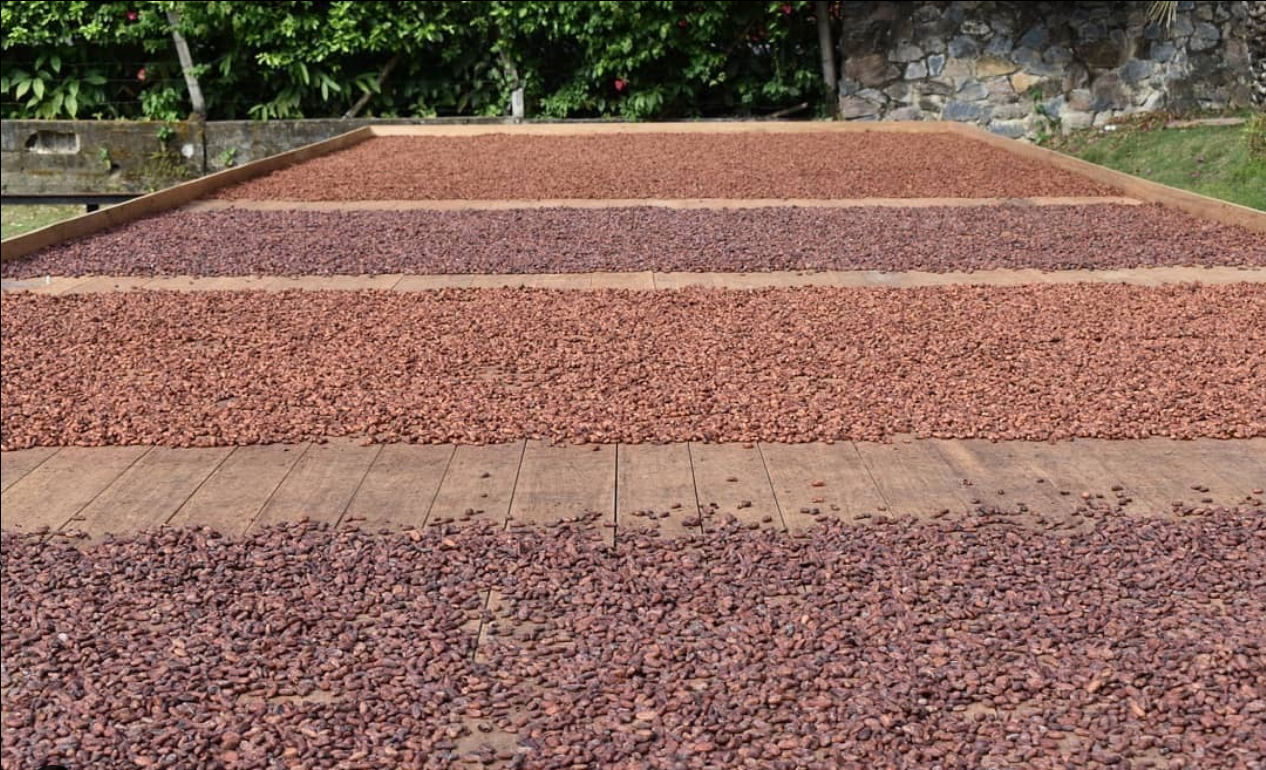
4. Roasting
Before roasting, craft chocolate makers carefully hand-sort their cocoa beans to check that only the best quality beans make it into the final bar. Each bean origin requires a slightly different roasting profile, but in general lightly roasted beans tend to taste bitter with a less developed flavor profile, while overroasted beans just taste burnt. Occasionally this light or heavy roasting technique is intentionally used to create a unique and interesting bar, but the middle roasting ground is where the flavor of the bean shines and beans roasted this way produce the highest quality chocolate. The exact temperature and roast time are part of each chocolate maker’s (often top secret) recipe and have to be worked out through careful experimentation and lots of tasting.
Once roasted, the beans are ready to be cracked open to expose the cocoa nibs which are used in the cracking and winnowing process.
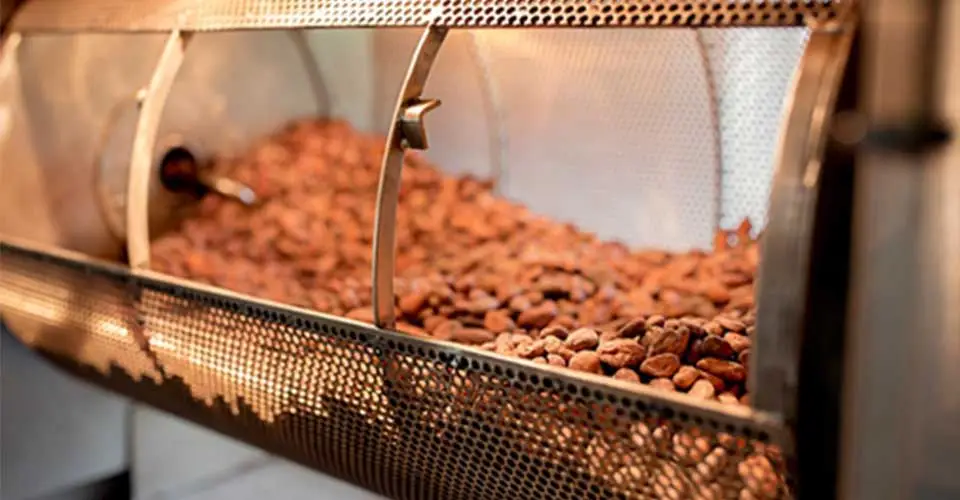
5. Cracking
After roasting and cooling, cocoa beans still have a thin shell around them which needs to be removed, similar to a peanut. The cocoa beans are churned through a mill which cracks the outside husk and separates it from the cacao nib inside. The process of roasting whole beans before cracking is one more thing which sets craft chocolate apart from “big chocolate.” Cracking and then roasting just the nibs saves a little bit of time and money, but produces a markedly inferior product.
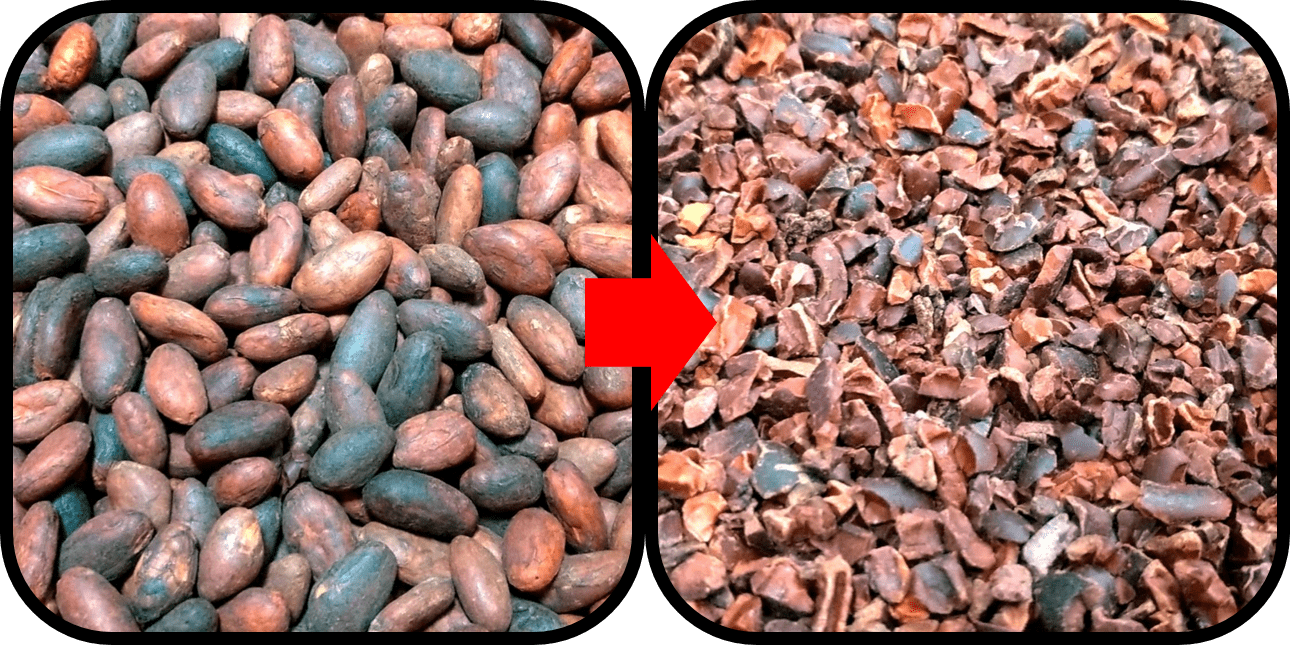
6. Winnowing
The winnowing process itself is pretty simple. As the shells and nibs come out of the mill, and are separated, usually by blowing air across screens which blows away the lightweight shells and leaves the heavier nibs. You can eat the nibs by themselves but they have a strong bitter taste alone. There are an increasing number of craft chocolate makers who are experimenting with incorporating nibs in new and interesting ways into bars farther into the production process.
The newly awarded bars have seen a rise in the use of Indian cacao, notably from the Idukki region of Kerala, with its ideal cacao growing conditions.
Read more +
7. Grinding
The roasted and winnowed (separated) cocoa nibs are then ground by stone rollers into a paste known as either cocoa liquor or cocoa mass, which at this point still tastes extremely bitter and acidic. This pure, unrefined liquid form of chocolate contains about half cocoa solids (the “chocolatey” part) and half cocoa butter (the natural fat present in the bean). Additional cocoa butter (or vegetable fat in the case of mass-produced chocolate) and sugar are added at this time.
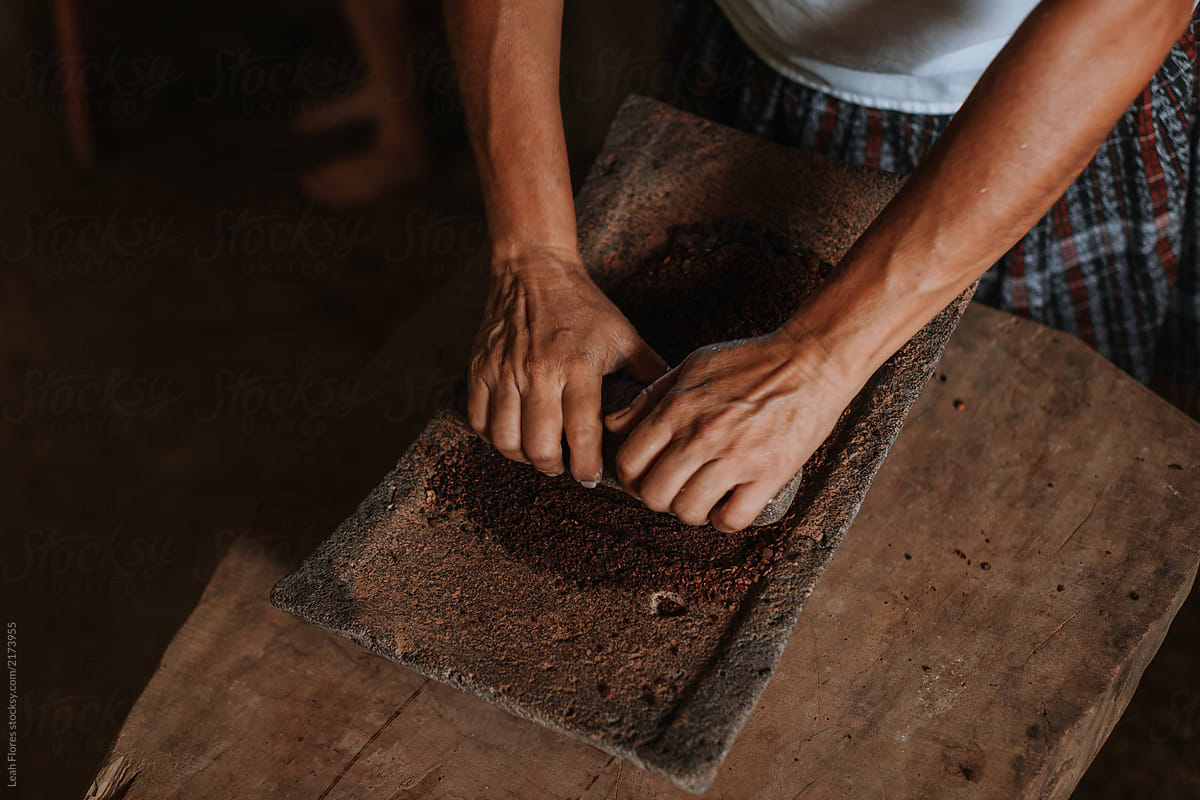
8. Conching
Traditionally, the cocoa mass is then transferred to a separate conching machine where the nibs are ground down into even finer particles, but today most chocolate makers combine the grinding and conching steps into a single process. By itself, conching is similar to kneading dough and has a significant impact on the flavor and texture of the finished chocolate. The finer chocolate particles become coated in cocoa butter and the natural acetic acid in the bean evaporates to reveal the true delicate taste of craft chocolate. Exactly how long the roasted nibs are conched for (ranging from hours to days) determines texture of the final bar. The longer the conching process, the finer the particles become and the smoother the final chocolate, but overconching can destroy some of the more subtle flavors of the bean. Throughout the conching process sugar, dairy products (when making milk chocolate) and other flavorings are added to the chocolate.
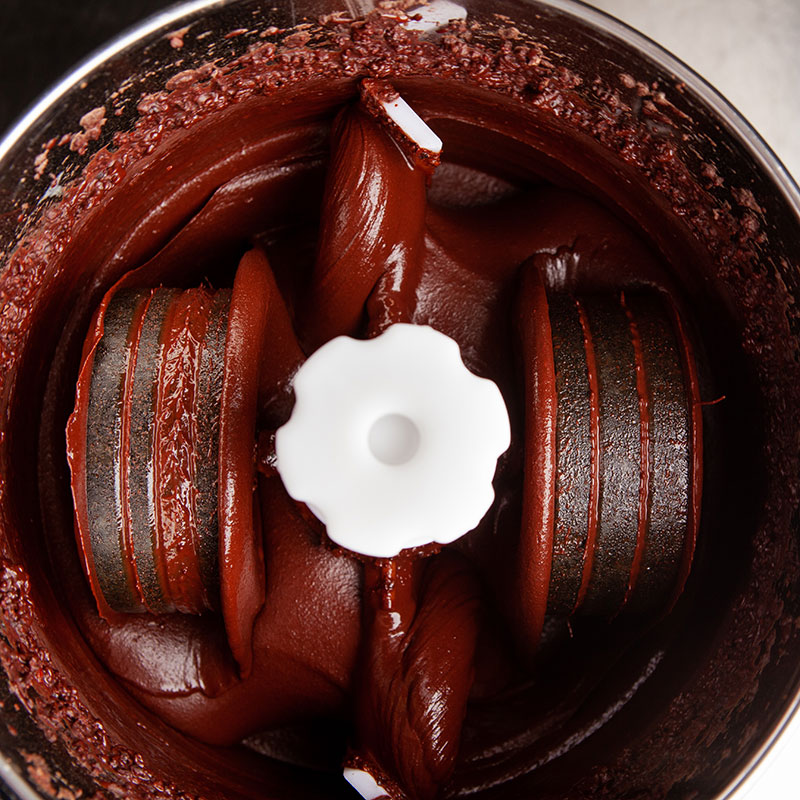
9. Tempering
When good quality chocolate is well-tempered it should produce a satisfying and clean “snap” when you break off a corner and look a little bit shiny. Tempering is the controlled process of repeatedly raising and lowering the temperature while agitating the still-liquid chocolate solution, which allows the cocoa butter to form the right crystal structure for a satisfying chocolate texture. Poorly tempered chocolate can leave you with soft and crumbly chocolate that melts all over your hand at low temperatures.
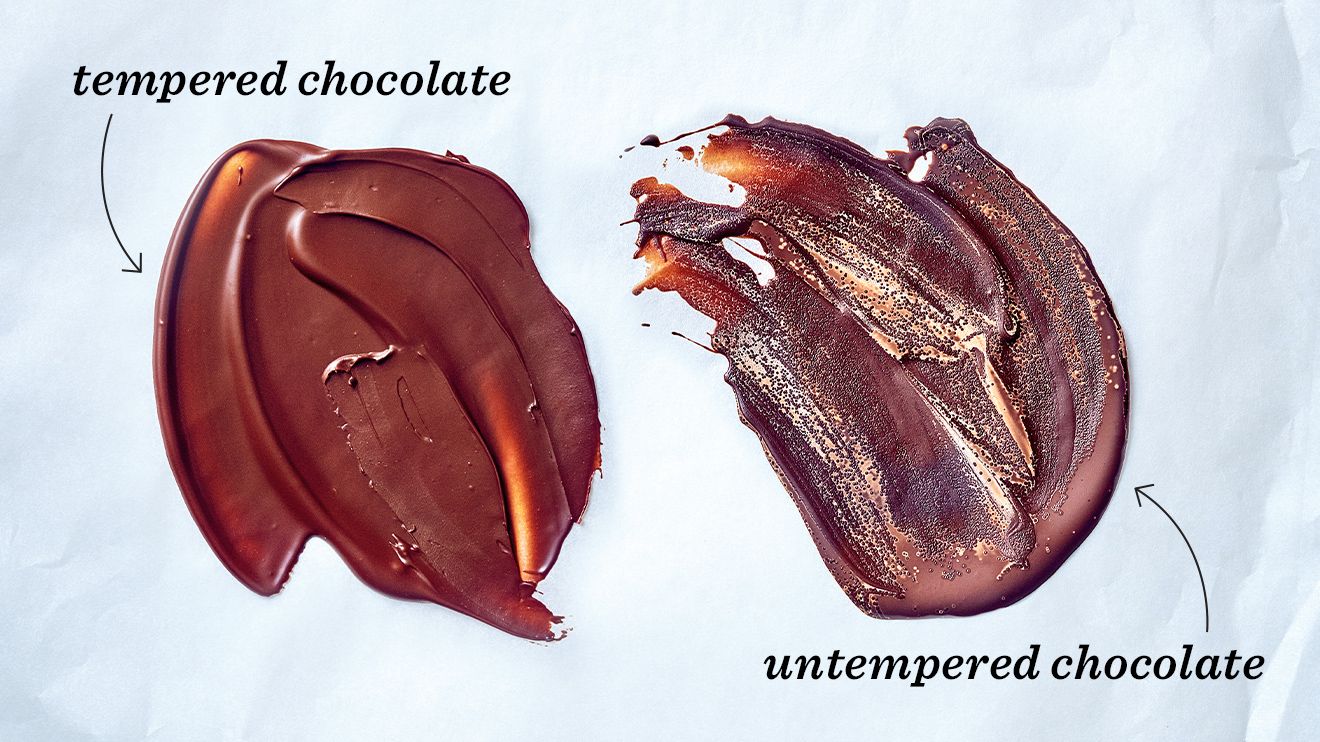
9. Molding and wrapping
Once chocolate is tempered it is poured into bar-shaped molds and vibrated to remove any trapped air bubbles. Many craft chocolate makers do this process by hand because they make small batches of artisan chocolate and you may be surprised to learn that even mold design affects the taste of your final chocolate bar. Thin bars melt faster, causing their flavors to emerge more quickly than in thicker, slower melting bars which generally allow you to appreciate some of the more elusive, secondary flavors in the chocolate. There is some emerging research on the impact of shape and our perception of flavor. For example, the human brain makes shape-taste associations, consistently associating sweet flavors with “round shapes whilst bitter, sour, salty, and salty associate with angular shapes.” This field of research has led craft chocolate makers to incorporate a general pattern of pairing sharper citrus and spice flavors with angular molds and sweeter, less acidic flavors (think vanilla or honey) with rounder shapes.
Finally, the chocolate is allowed to solidify and then it is popped out of the mold to be packaged up in foil and paper. Most craft chocolate makers enlist their whole team plus friends and family to package bars by hand since the batches are not big enough to justify expensive packaging machines. This is tasty work and once a bar is packed, there is just one final step.
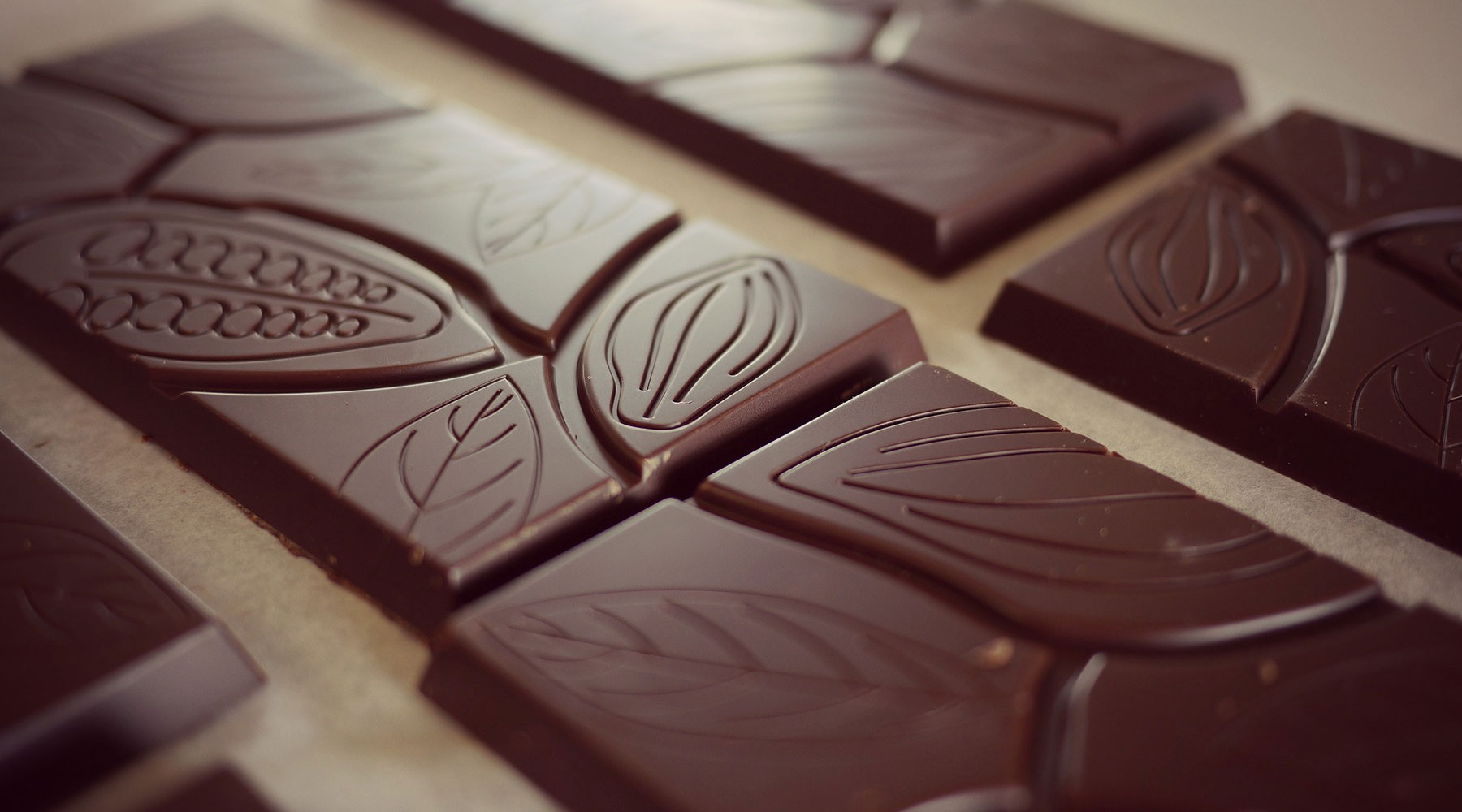
10. Eat and enjoy!
After all, this is the most important step!

This article explores the origins and history of chocolate, tracing cacao’s use and cultural significance among ancient Mesoamerican civilizations like the Maya and Aztec. It
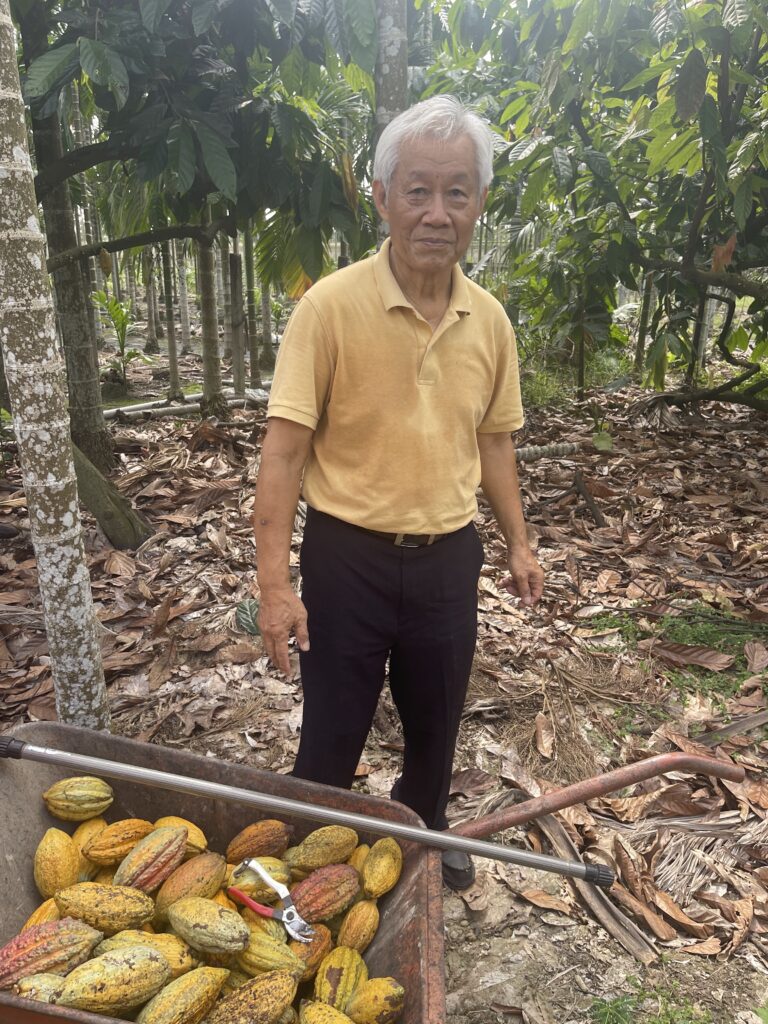
Embark on a journey through Taiwan’s lush Pingtung County, where 77-year-old Mr. Chou pioneers small-scale cacao farming, and award-winning chocolatier Jade Li transforms each harvest
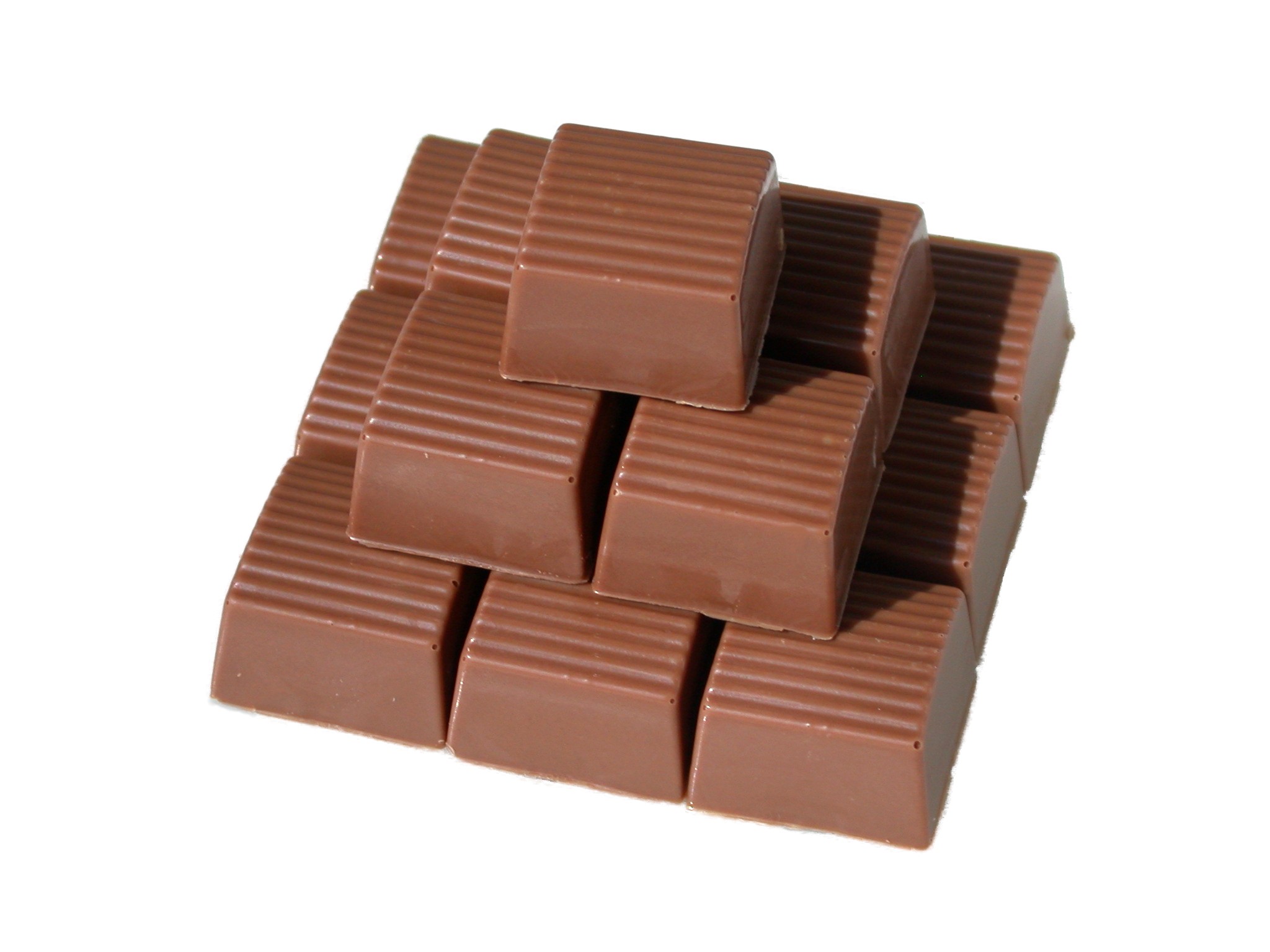
Explore the delicious evolution of the best-selling chocolate bar, indulging in a rich history of flavor innovation and timeless satisfaction. Join us on a sweet journey through the irresistible transformation of the chocolate bar.
Keep up-to-date on upcoming chocolate awards